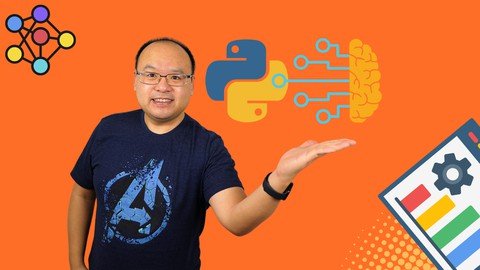
Price: $49.99
Master the Statistics & mathematics that powers Data Science!!
“Data Scientist is a person who is better at statistics than any programmer and better at programming than any statistician.” – Josh Wills
Data science is all about leveraging data to draw meaningful insights. And undoubtedly, converting raw and quantitative data into an organized form requires a lot of knowledge & hard work. When it comes to data science, mathematics & statistics are the 2 important pillars around which the majority of the concepts revolve.
Though expecting everyone to become the Aryabhatta can be wrong, but one can definitely dedicate some time to learn all the important concepts of Mathematics & Statistics to master Data Science, one of the most trending fields of this digital economy.
Considering the high demand for data scientists & all-time high skill gaps, we have curated this online course entirely dedicated to Statistics & Mathematics behind Data Science. All the covered concepts will aid you in identifying patterns from the data and help you to create algorithms.
Why you should learn Mathematics & Statistics for Data Science?
-
Maths & stats are the building blocks of data science
-
You will be able to create various algorithms
-
You can easily interpret data effectively
-
Helps in identifying & solving complex real-world problems
-
Model Selection based on their inherent limitations
Why you should take this course?
This course on statistics & mathematics is a perfect way of learning & understanding the important concepts involved in data science. You will learn all the maths & stats behind data science through its handcrafted sections in the most interactive way possible.
It covers everything from Vocabulary & Descriptive statistics to NLP along with all the important tools. In the end, a project is also included on data visualization & optimization to ensure complete learning.
This course includes:
-
Working with Google Colab
-
Vocabulary & descriptive statistics
-
Distribution types- Uniform, binomial, Poisson, normal & fitting
-
Inferential statistics with visualizations






